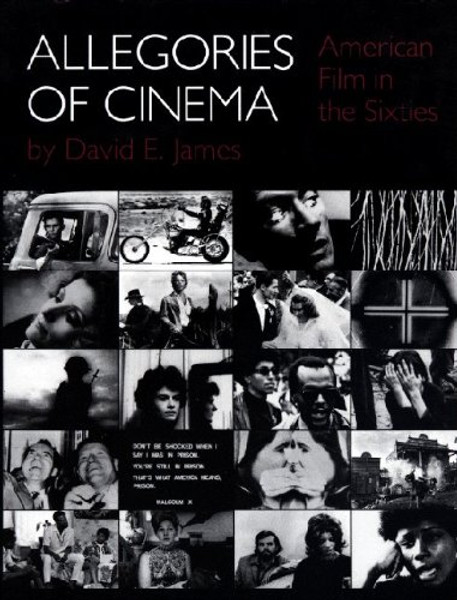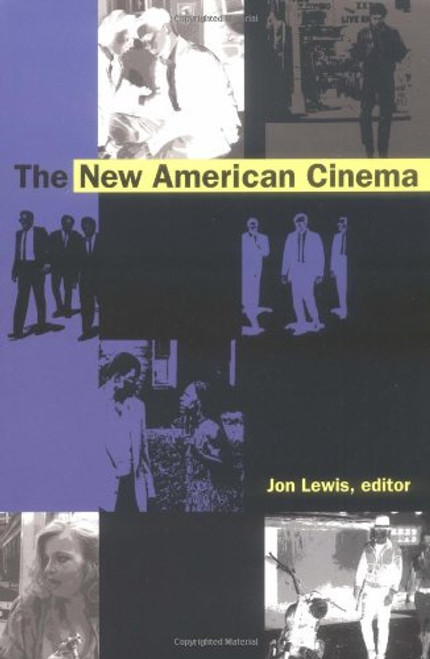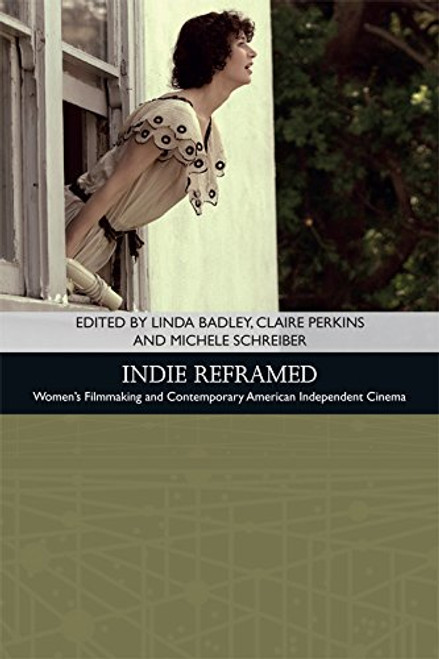Product Overview
From Stan Brakhage and Andy Warhol to the underground cinema and political films, David James gives a thorough account of the growth, development, and decay of nonstudio film practices in the United States between the late fifties and the mid-seventies. Unlike other scholars who discuss these practices as totally separate from Hollywood, James argues that they were developed in various kinds of dialogue or negotiation with the commercial film industry. He also demonstrates that the formal properties of the films were determined not simply by aesthetic considerations but by the functions the films served in the various subcultures and dissident groups that produced them. After an opening chapter on film hermeneutics, the book gives detailed accounts of the contrary projects of two exemplary filmmakers: Stan Brakhage, who pioneered an artisanal, domestic film practice, and Andy Warhol, who redirected such a practice toward the film industry. James then discusses the beats and other idealist countercultures, the social groups that formed around civil rights and the Vietnam War, artists who shunned social involvement for pure film ( structural film), and finally the women's movement.






